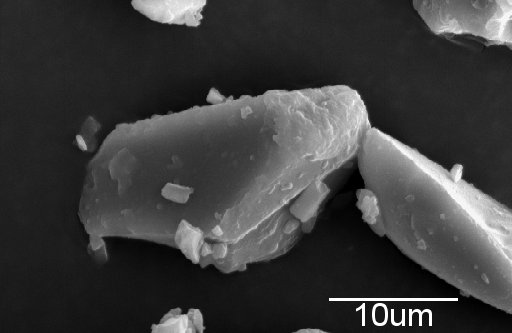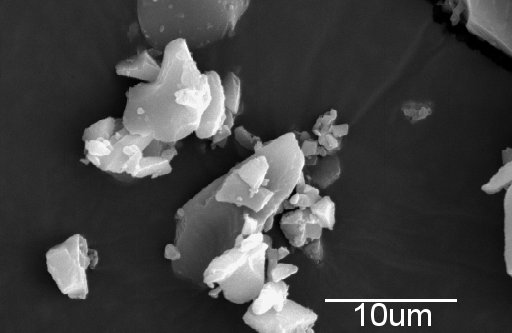Yes, Colloidal Silver products contain silver proteins. With the shorter wavelength of electrons, resolution can be improved to less than one nanometer, allowing for a complete depiction of subcellular structures of the colloidal silver product. Here is when a Scanning Electron Microscope (SEM) came to the picture.
What is a Scanning Electron Microscope (SEM)?
The scanning electron microscope (SEM) is an electron microscope for the scanning and examination of surfaces with a focus on electrons elements. The microscope produces an image that contains information about the surface topography and composition of the sample. It can also be used for particle counting and size determination, and for process control.
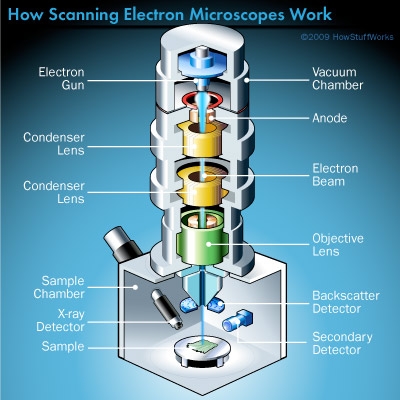
What is a Silver Protein?
Silver protein products are one of the three types of products being sold as “colloidal silver”. These products are sometimes labeled as “silver protein” or “mild silver protein” — and some are simply labeled as “colloidal silver” with no mention that the product contains a protein.
A Silver Protein Product Viewed Through a Scanning Electron Microscope
Liquid Silver Particle
Here is an image from a scanning electron microscope (SEM) showing the silver particles in a typical silver protein product. While some of the particles appear to be around 0.2 microns (200 nm), many are close to a micron (1000 nm), and some much larger.
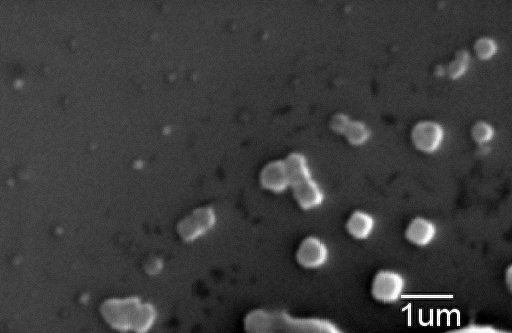
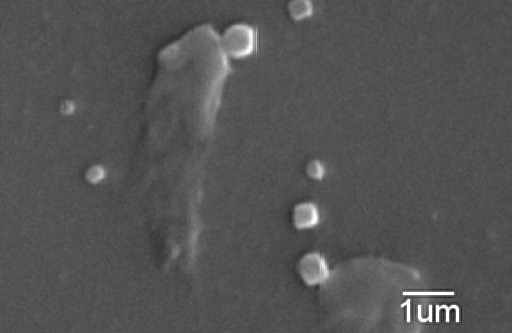
Powder Silver Particle
Some silver protein products are produced by adding water to “silver protein” or “mild silver protein” powder which is manufactured by several large chemical supply companies. Here is what the silver particles look like in the powder.
